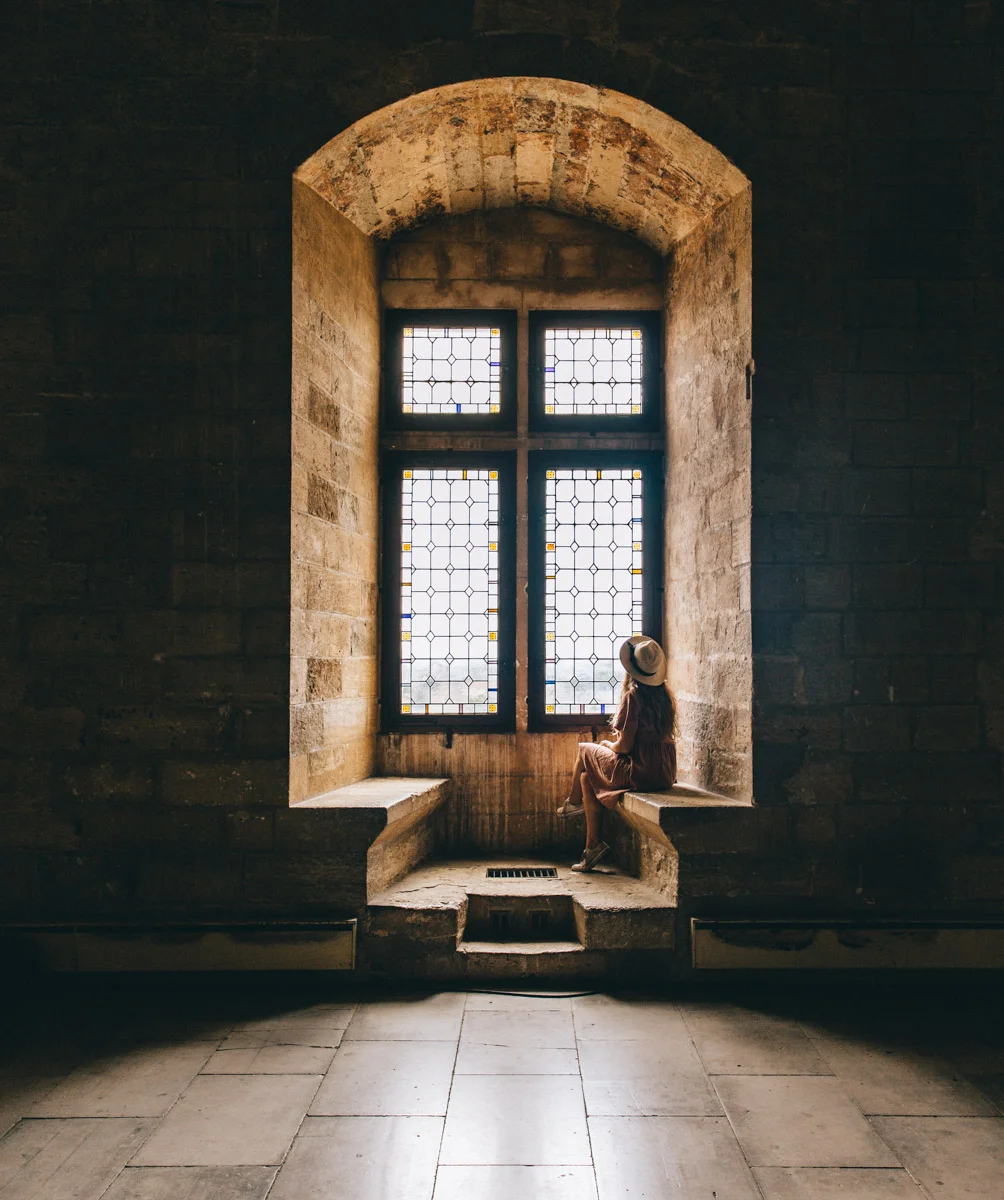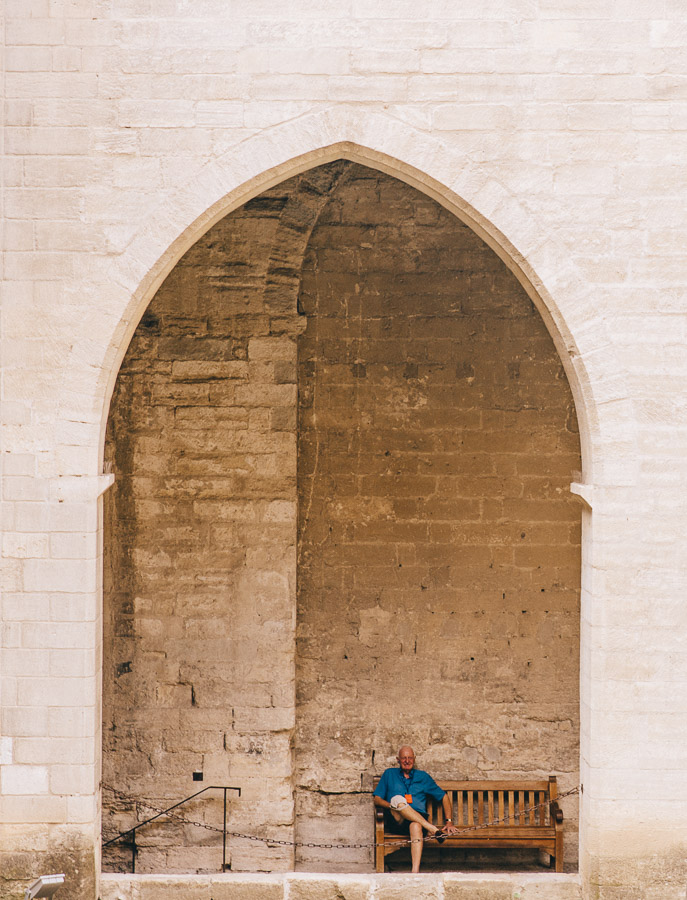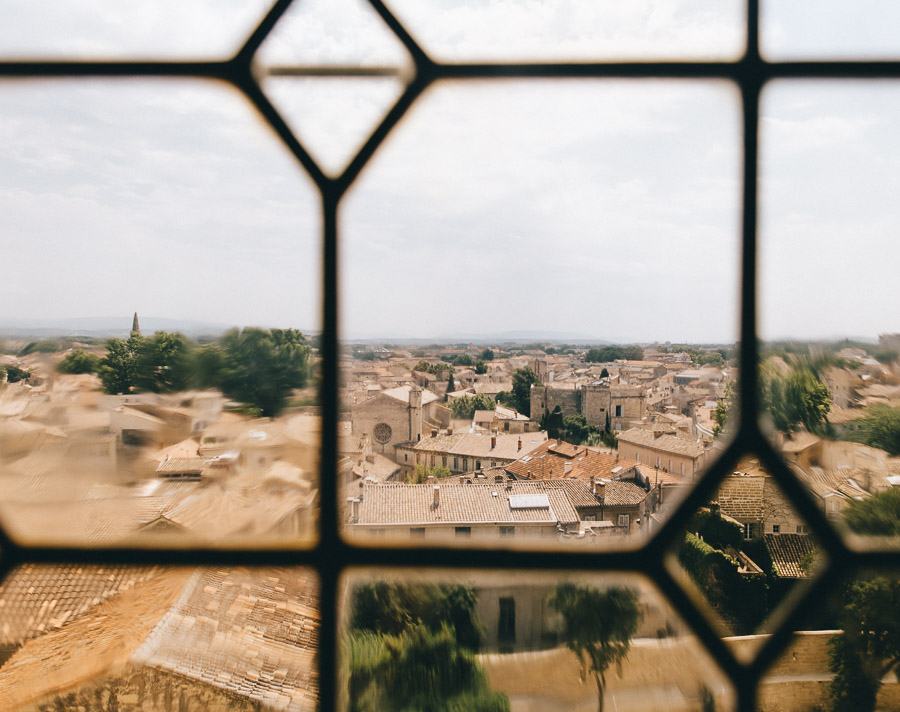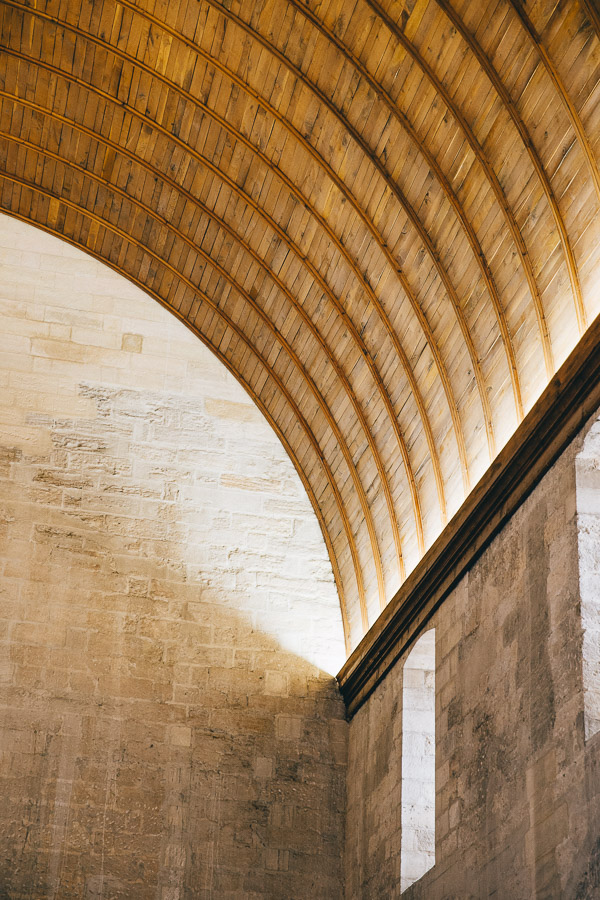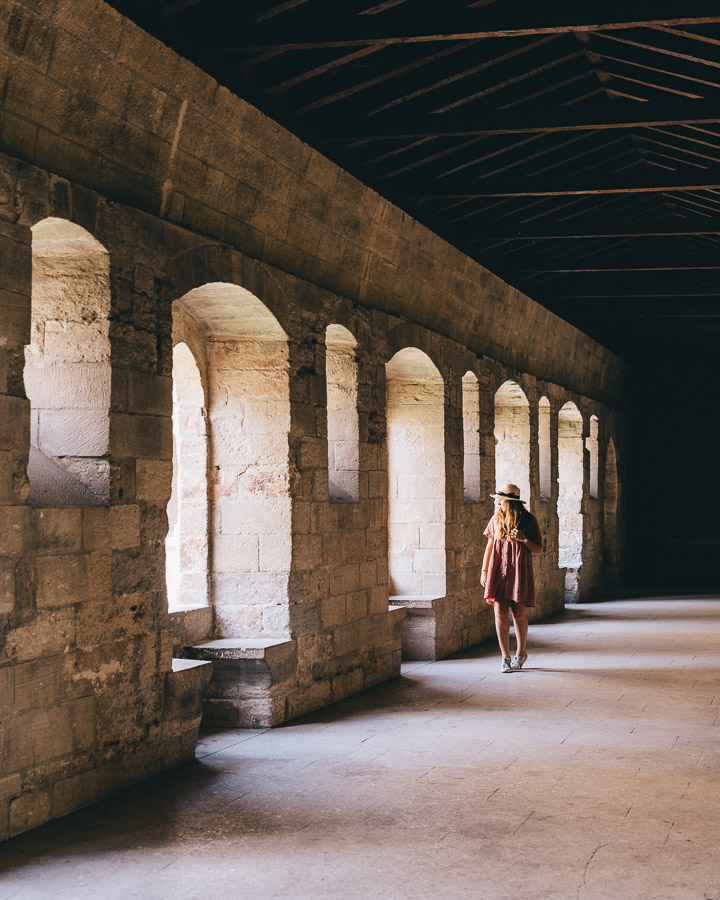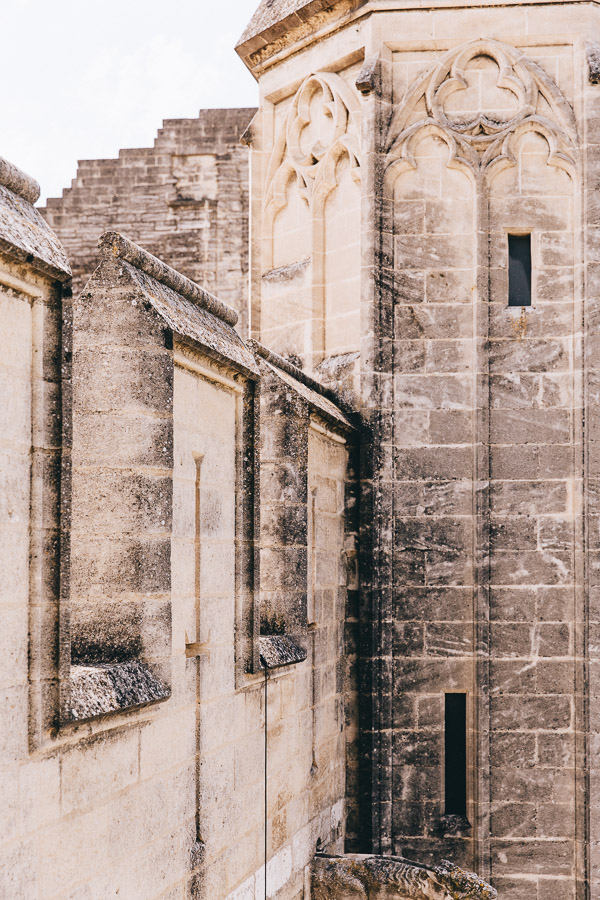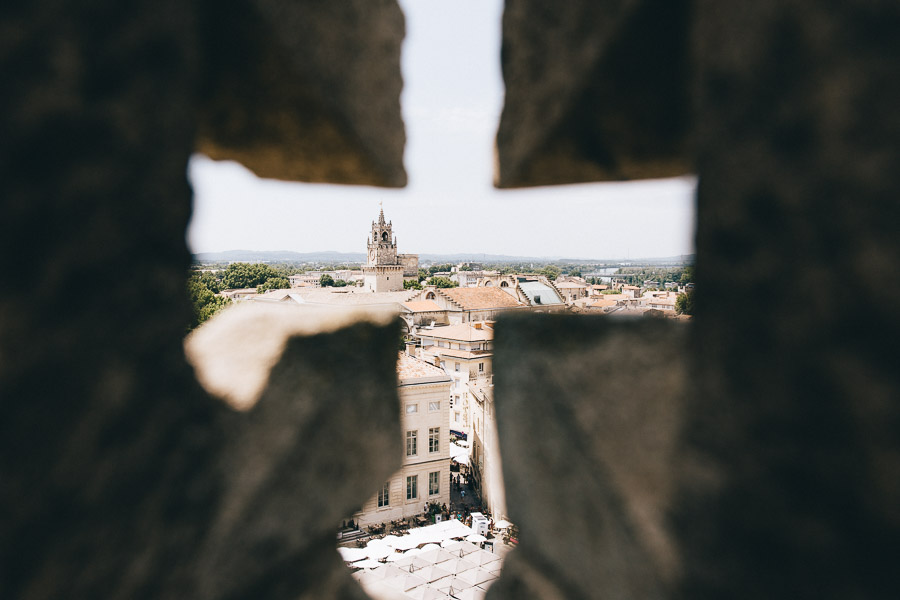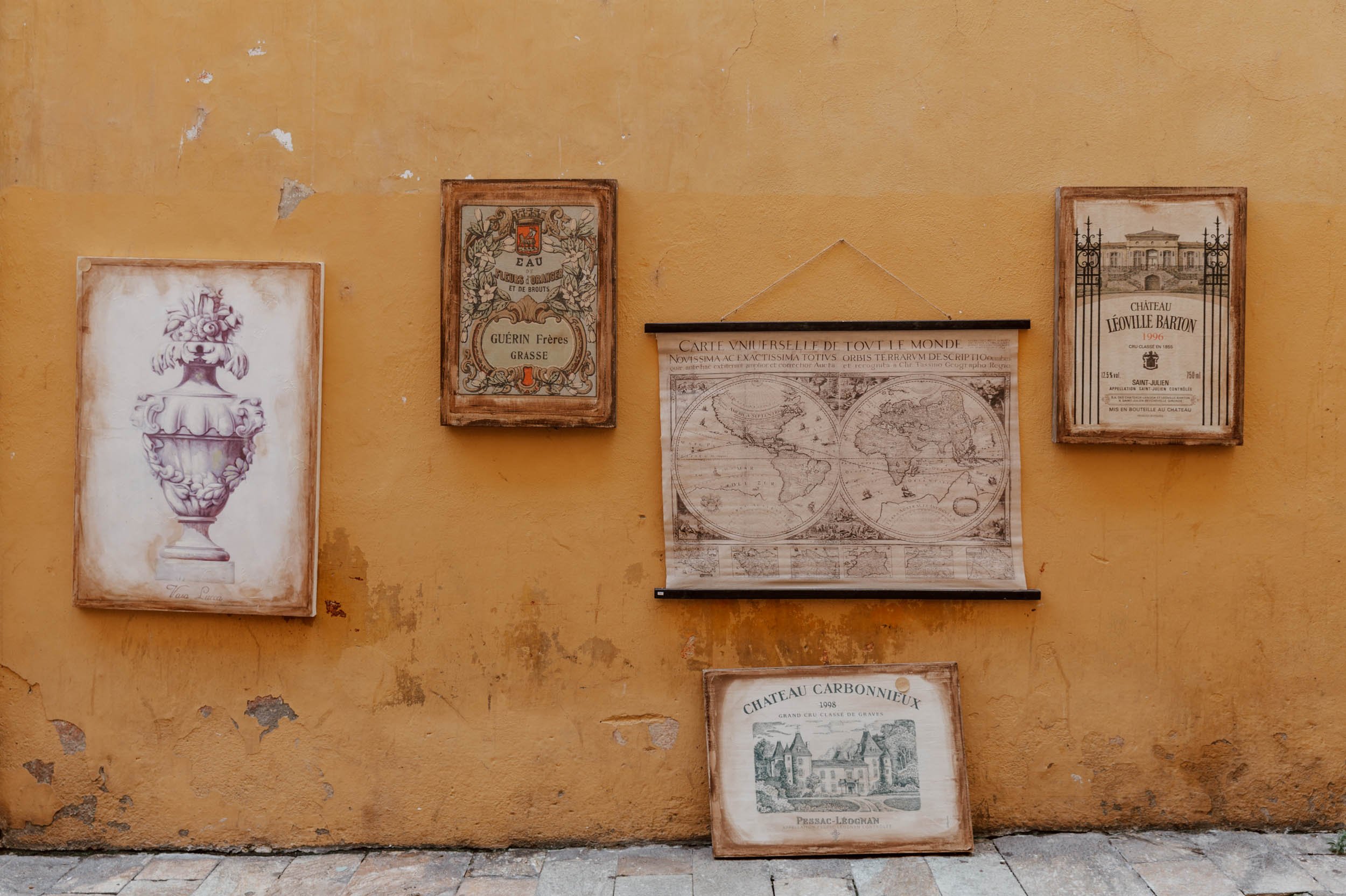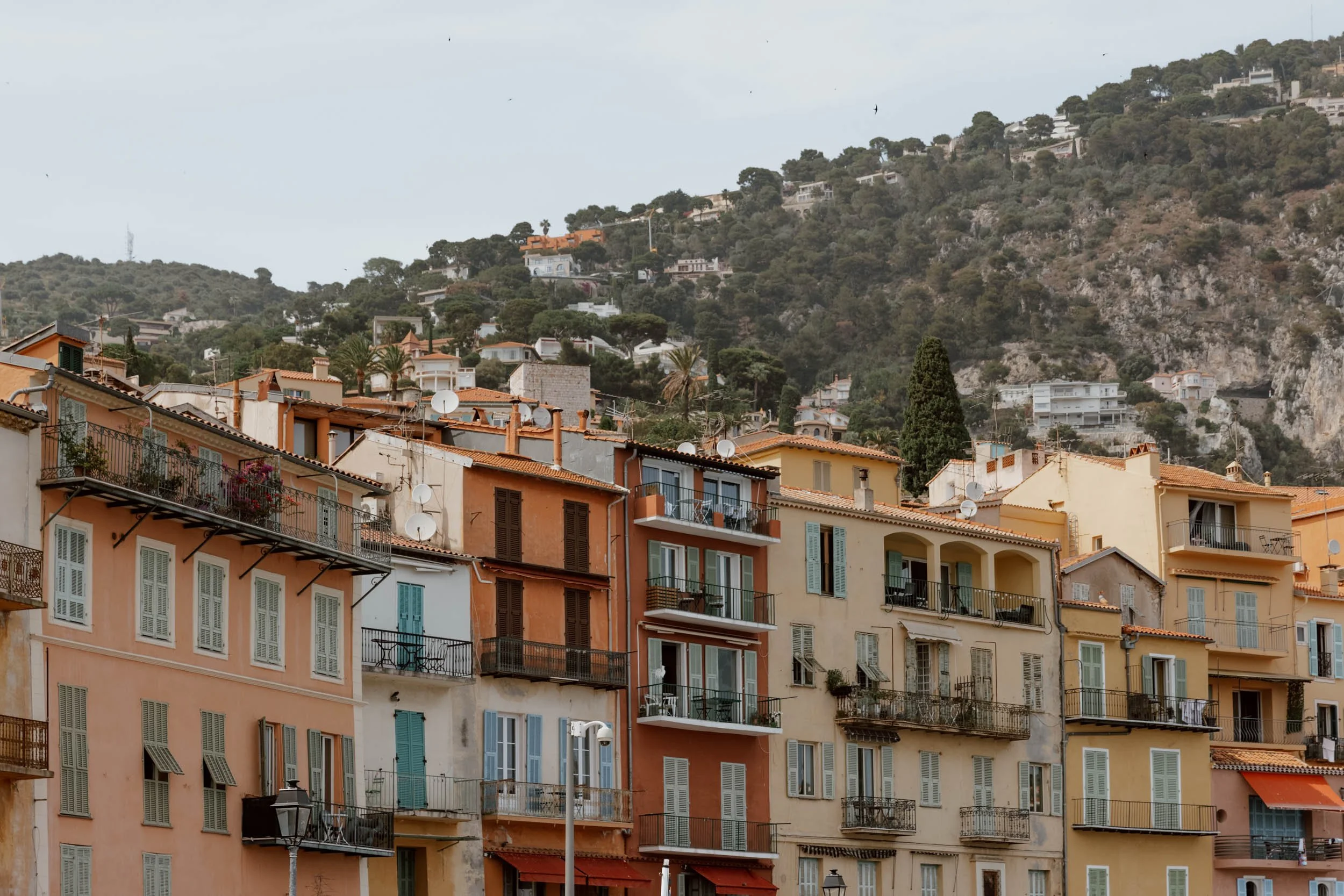Rome and the Catholic Church.
Two things so inextricably linked that it appears almost impossible to think of one without the other. And yet, for a brief period in the 14th century, these two entities, so intertwined in many a mind, came undone.
For nearly 100 years, the pope found a new home, and Avignon was given a palace.
Drawn to this small not-yet-French town over fear for his safety, it was Pope Clement V in 1309 that made the bold decision to transfer papal power from the Vatican. However, it was not until 1335, under the reign of Benedict XII that construction on the palais began.
An amalgamation of two distinct buildings - the first and more modest Palais Vieux to the east and the north, and the extravagant Palais Neuf, to the south and west - it grew over twenty years to become a 15,000 square metre masterpiece, and a true symbol of Western Christianity in the 14th Century.
Over 700 years after its creation, and long after the Pope returned to Rome, the Palais de Papes remains the largest medieval fortress and biggest gothic palace of Europe.
Beautifully restored, the large vaulted walls and vast arch ceilings belie little of the grandeur that would once have existed within the palace, many of the exquisite frescoes long since destroyed (the palace served as a garrison up until 1906). Instead, the building takes on an ethereal glow, and it is not difficult to imagine the walls containing the western world's most holy men; wandering around, one can feel history in the shadows.
From popes and antipopes to the French revolutionaries which took up residence and looted the heads of statues, the sieges and massacres which occurred within its walls, and the prisoners and the military both called it home.
The Vatican may never give up its Pope again, but Avignon will forever remain an incredibly important part of Catholic history.
Now one of France's most popular cultural attractions, the history and controversy may lie silent, but when you find a corner to yourself and close your eyes, you can still hear it whispering in the darkness.
Visiting the Palais de Papes
Time required for visit | The real history buff could, of course, spend hours exploring the palace. Most people however should find an hour or two quite adequate.
Opening Hours | Times vary depending on month, with significantly longer hours in the summer months. See the website for full details.
Tickets | €12 for adults and €10 for concessions. For busy seasons, we recommend buying your ticket in advance - see this link for further details.
The Palais des Papes is the first museum in the world to include an interactive 'Histopad' (essentially a tablet) within the ticket price for all visitors; using user-friendly augmented reality and 3-D technology, it helps you to visually discover many rooms of the Palace as they once would have looked, as well as providing an audio tour in seven languages.
Note that during the summer months, the grand hall is converted into an exhibit space and the main courtyard into an open air theatre. The Festival d'Avignon runs for most of July, so the town is very busy for the whole month.


